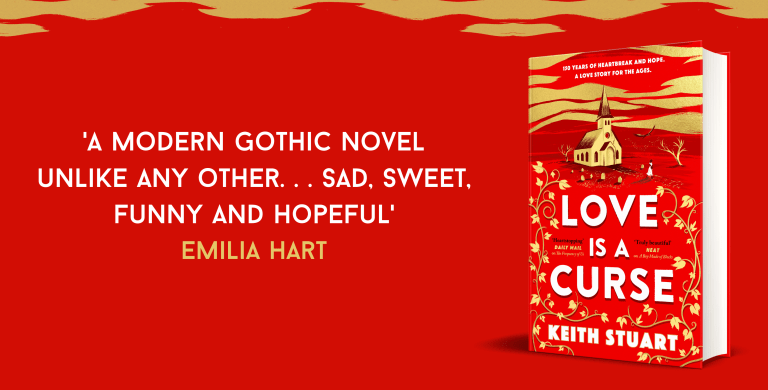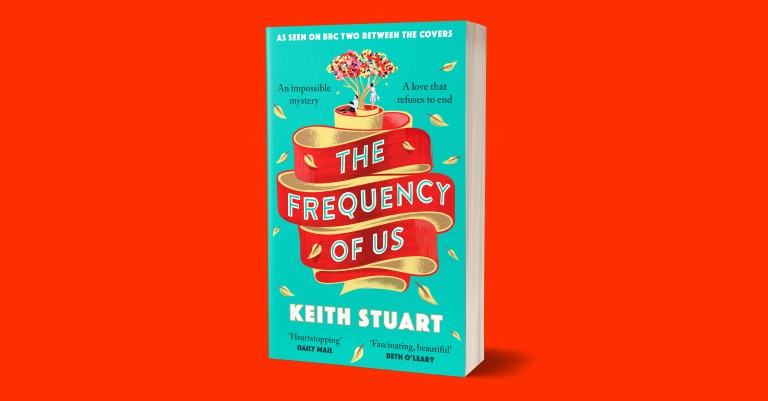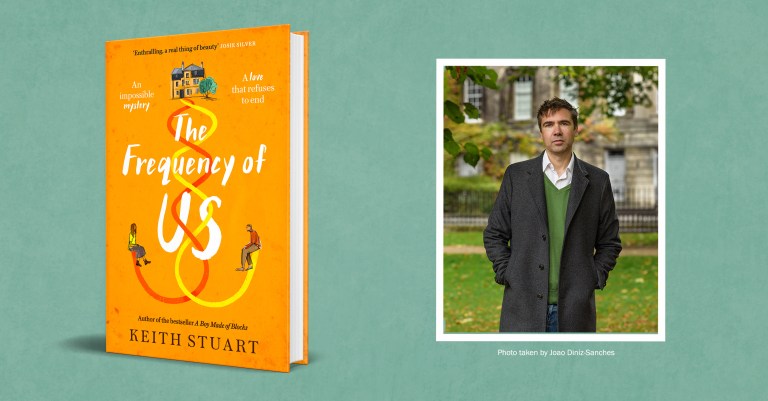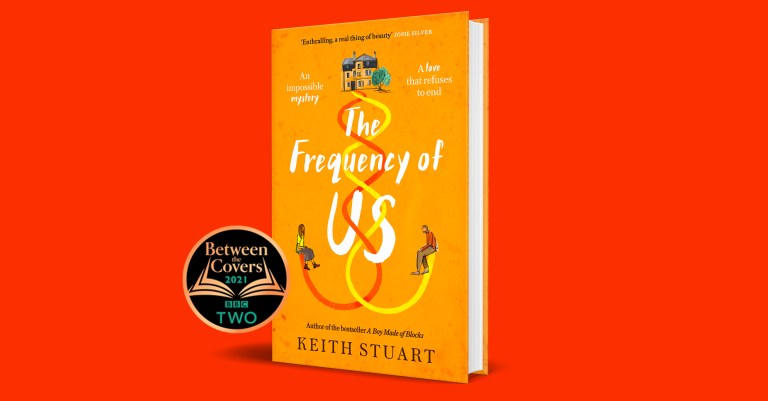Keith Stuart on the importance of going places
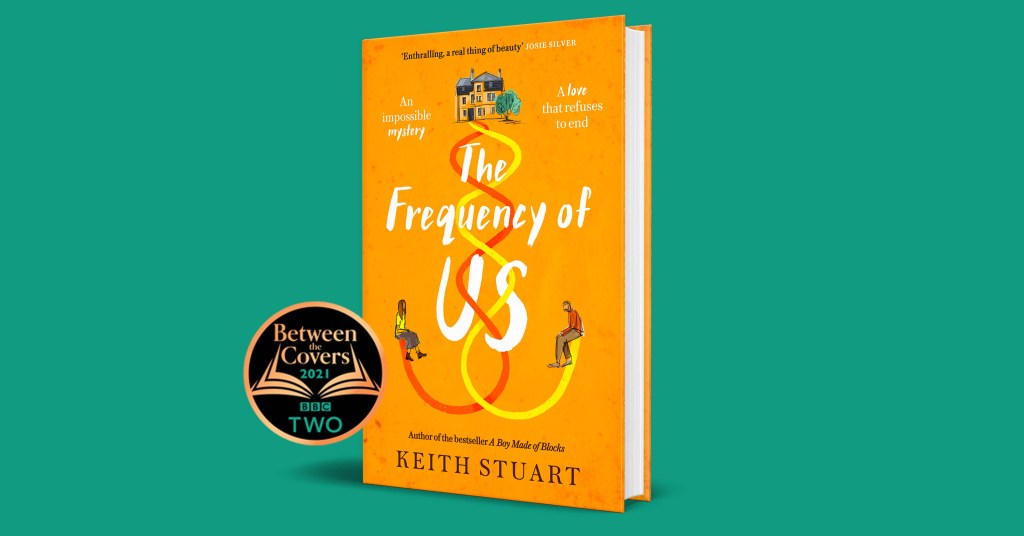
One thing I’ve discovered during our long, extended period of lockdown is that being creative is very difficult when you’re not seeing new things and having fresh experiences. While writing The Frequency of Us, I spent a lot of time wandering idly around Bath, as well as visiting museums, and while these ventures occasionally provided little snippets of information or detail that made it into the book, mostly they were just about soaking up the atmosphere. Throughout 2018 and 2019 I visited the Bath Fashion Museum, the Fashion and Textile Museum in London, the Imperial War Museum, the Science Museum and the V&A, and what I loved about all of these institutions is the way they placed historic artefacts in context. In the War Museum, I got to see old style radios in a mocked up version of a 1940s front room; and in the Science Museum, the telecommunications exhibit placed radio transceiver equipment together with ancient microphones, amateur radio magazines and other memorabilia, which provided an understanding of the way people used this technology, and the things they surrounded themselves with.
Visiting museums for research, also gives you an idea of how the things you’re writing about fitted in with wider society and culture at the time. At the Imperial War Museum, radio technology was placed beside leaflets on growing vegetables and darning clothes, so you got to really understand what else was going on in people’s lives when they were tuning into the wireless on a Sunday evening in the 1940s – that mix of fear and practicality, and that definitely inspired some of the scenes in Frequency of Us: people were scared, but they were also prepared.
One of the most memorable research visits I made was to the Weiner Holocaust Library in Russell Square. By a remarkable coincidence the library was running an exhibition about the 1937 exhibition of degenerate art, which ran in Germany in 1937 and came to London the year after. It’s the exhibition that Elsa tells Will about when they visit the Victoria Gallery in Bath together. I’d always planned on using the Degenerate Art event for Elsa’s backstory, but visiting the exhibition at the Weiner library helped me understand its context a lot more and gave me vital contemporary details. It brought the exhibition and the era to life and helped me draw Elsa and her backstory.
People think of writing as a solitary activity practiced in a small quiet room, but that’s only part of it – at least for me. Being able to explore and interact with the world, and to discover the reality of the places and people you’re writing about is a vital part of the process.
During the final stages of writing The Frequency of Us, I walked up to Haycombe Cemetery on the outskirts of Bath. Here, in a mass grave marked by a large stone tablet, the 400 people who were killed during the bombing of the city are buried. I visited on a quiet weekday morning and was more-or-less alone, and it was an emotional experience. I’d been obsessing over the Bath Blitz for months, researching it in dozens of history books and newspapers, plotting the areas where the bombs fell and memorising the timeline of events through that dreadful weekend. But here I was on a cool, breezy day, looking at the very real consequences of those bombings. The many lives cut short within hours of each other. I hope that some of the emotions the cemetery stirred up in me made it into the final draft of the book. I think when you write fiction about history, you need to see it and feel it. I don’t think I could have written Frequency of Us in lockdown. And now as I start out on another novel, I am looking forward to getting out into the world again. Because in the end, that’s where the stories are.
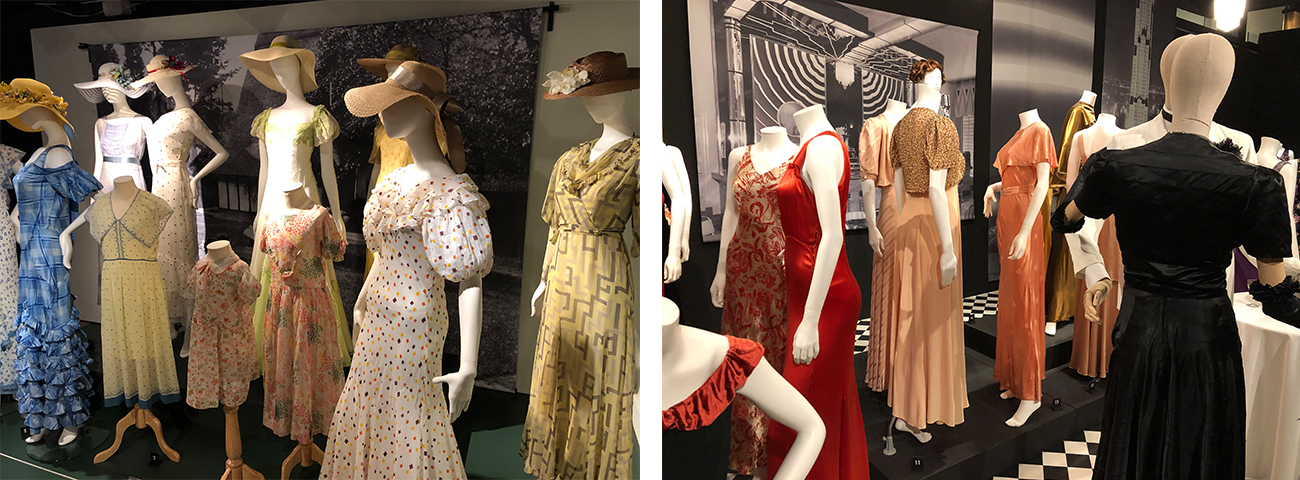
Fashion and Textile Museum
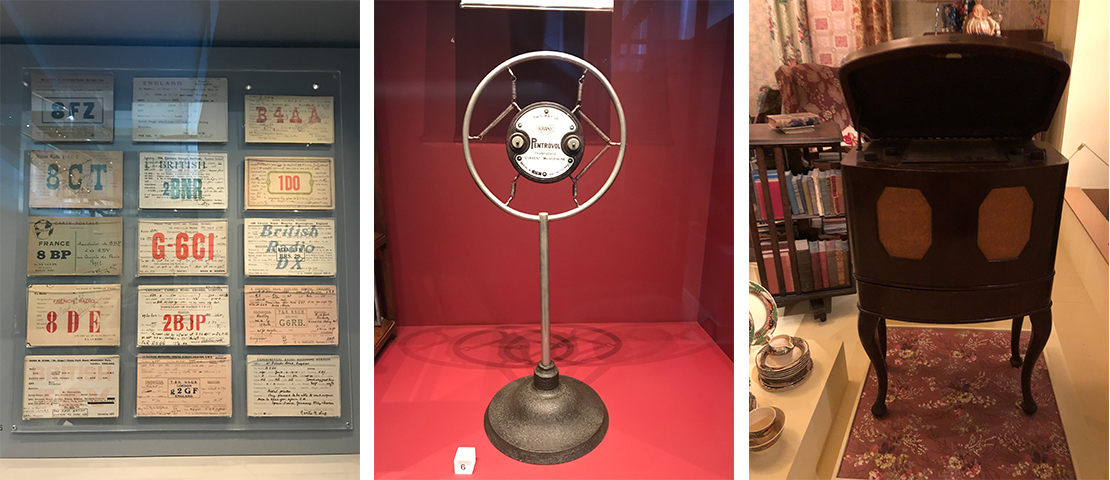
Science Museum and Imperial War
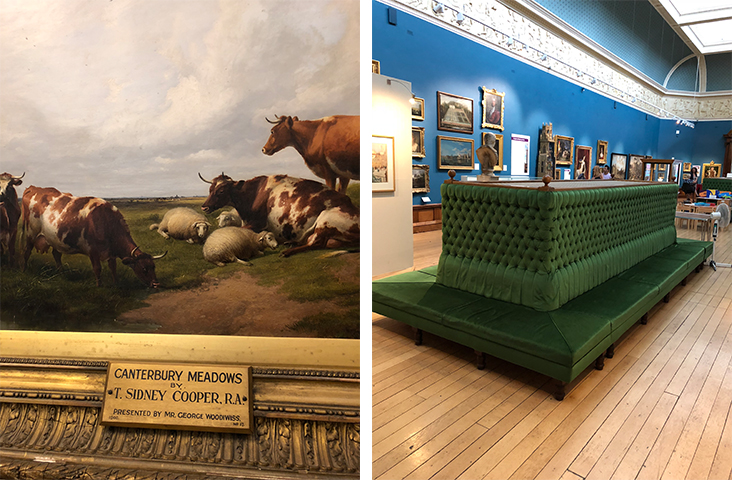
Victoria Gallery
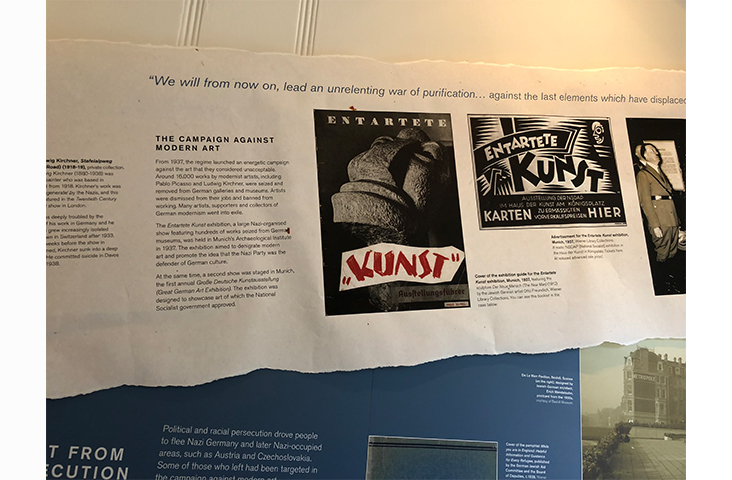
Weiner Library

